
Looking to remodel your shower? Here’s how much it costs, what factors affect cost, and what to expect.
Installing a gas line costs an average of $598


Gas line installation costs an average of $598, with most homeowners spending within an average range of $271 to $936.
Gas line installation project expenses vary based on pipe materials, local labor rates, and factors like trenching or landscaping work.
Permits and inspections add to the total cost but are essential for safety and compliance.
Completing a gas line installation can enhance efficiency, lower utility bills, and allow for future gas appliance upgrades.
This article was updated using automation technology and thoroughly reviewed for accuracy by HomeAdvisor Editor Ryan Noonan.
Expect to pay an average of $598 to install a natural‑gas line, with most projects averaging between $271 and $936. Some jobs can cost as little as $120 or climb to $2,000. Your final price hinges on the installation method, pipe material, the appliance you’re hooking up, and local labor rates.
Set your budget early—labor rates, materials, and pipe length swing widely by region. Bringing in a licensed natural gas pro keeps the work safe and code‑compliant.
Gas line installation costs depend on a variety of factors, including labor rates and pipe materials.
Ranging from $1 to $9 per linear foot, pipe materials include pipes themselves, as well as connectors, fittings, and mounting hardware. Together, these components are among the biggest influencers of costs. Larger pipe sizes, required for certain appliances or high-pressure systems, reflect the higher end of material costs—your natural gas contractor can determine the appropriate pipe size for your home to optimize functionality and efficiency.
Each pipe material offers its own mix of durability, flexibility, and installation demands, all of which influence upfront and long‑term costs. For instance, PVC and HDPE are light, affordable, and corrosion‑resistant, but they can still crack if they’re not installed correctly.
| Pipe Material | Cost per Linear Foot |
|---|---|
| Polyvinyl chloride (PVC) | $0.2–$2 |
| High-density polyethylene (HDPE) | $1–$2 |
| Copper | $1–$3 |
| Stainless steel | $2–$5 |
| Galvanized steel | $2–$9 |
| Iron | $5–$9 |
Always hire a licensed natural‑gas plumber for installation or repairs. Master plumbers charge $45 to $200 per hour, though some pros quote a flat project fee.
Straightforward installations have lower costs, but additional or more complex tasks can drive labor expenses upward. Expect to pay more for installations involving these labor factors:
Digging trenches for laying gas lines costs $5 to $12 per linear foot.
Your plumber might need horizontal directional drilling—a specialized method that snakes lines beneath existing structures—which adds equipment and labor costs.
Working around tough terrain or cramped spaces takes extra time and raises the overall price.
Line extensions sit at the lower end of the price range because they require a short run of smaller pipe. Full replacements land at the upper end: beyond new materials and labor, the crew must safely remove and dispose of the old line.
| Project Type | Cost per Linear Foot |
|---|---|
| New gas line | $15–$30 |
| Relocation | $15–$25 |
Plan for $100 to $300 in permit fees, depending on the regulations where you live. Your gas line installer can advise you and assist with the permitting process.
Trenching can disturb your landscaping, patio, or foundation. Expect to spend $300 to $10,000 on landscape repairs and $75 to $125 per cubic yard to patch concrete.
Your utility company may pick up the tab for a new gas meter. If not, budget $300 to $600. Because most utilities own and service the meter, they often limit installation to their approved contractors.
Appliances may carry different requirements and restrictions based on type, minimum BTUs, and location.
| Appliance | Cost per Linear Foot |
|---|---|
| Kitchen stove | $20 |
| Outdoor grill | $20–$25 |
| Dryer | $20 |
| Water heater | $20 |
| Furnace | $20 |
A kitchen stove gas line costs an average of $20 per linear foot. Most kitchen stove gas lines need 20 to 30 linear feet of either 1/2-inch or 3/4-inch pipes, which averages $600. Keep in mind that the kitchen layout and installation complexity can more than double the price.
Gas-powered grills, firepits, and other outdoor appliances are increasingly popular since they don’t require tank refills. Instead, homeowners pay between $20 to $25 per linear foot to connect gas lines by routing underground, under a deck, or through other areas of your property.
Installing a gas line to a dryer costs $20 per linear foot. While gas dryers have higher upfront costs, they’re often more fuel-efficient than electric dryers.
If you're upgrading from an electric to a gas water heater, installing the gas line costs $20 per linear foot. Conventional or tankless units may have different piping needs, with high-BTU tankless models sometimes requiring 3/4-inch or 1-inch pipes.
If you’re installing a gas line to your furnace, expect to pay costs of $20 per linear foot.
A sulfur or rotten‑egg smell often signals a leak—call a pro right away. Gas line repairs vary depending on accessibility, severity, and the type and amount of replacement pipe required. Keep in mind that emergency repairs may come with increased after-hours rates. Here are some repair costs to consider:
A leak at a junction behind a stove is a simple remove-and-replace repair, costing $120 to $250.
Leaks hidden in walls and crawl spaces are more difficult to find and can cost between $270 and $760.
Buried lines require excavation and landscaping, adding $1,500 to $5,000.
Yearly gas line inspections and preventative checks average $50 to $75. Your plumber or service technician can check the line for rust or leaks, ensure your meter is working correctly, and repair rusted tubing and joints as needed.
Several strategies can help keep your gas line installation budget-friendly. Try these tips:
Collect multiple bids from licensed plumbers to compare pricing and scope.
Bundle other renovation or plumbing work with your gas line project to shave labor costs.
Consider long-term value—certain materials may cost more upfront, but offer superior durability and longevity.
Check for utility company offers and rebates for gas line or meter installations.
No place is more important than your home, which is why HomeAdvisor connects homeowners with local pros to transform their houses into homes they love. To help homeowners prepare for their next project, HomeAdvisor provides readers with accurate cost data and follows strict editorial guidelines. We surveyed thousands of real customers about their project costs to develop the pricing data you see, so you can make the best decisions for you and your home. We pair this data with research from reputable sources, including the U.S. Bureau of Labor Statistics, academic journals, market studies, and interviews with industry experts—all to ensure our prices reflect real-world projects.
From average costs to expert advice, get all the answers you need to get your job done.

Looking to remodel your shower? Here’s how much it costs, what factors affect cost, and what to expect.
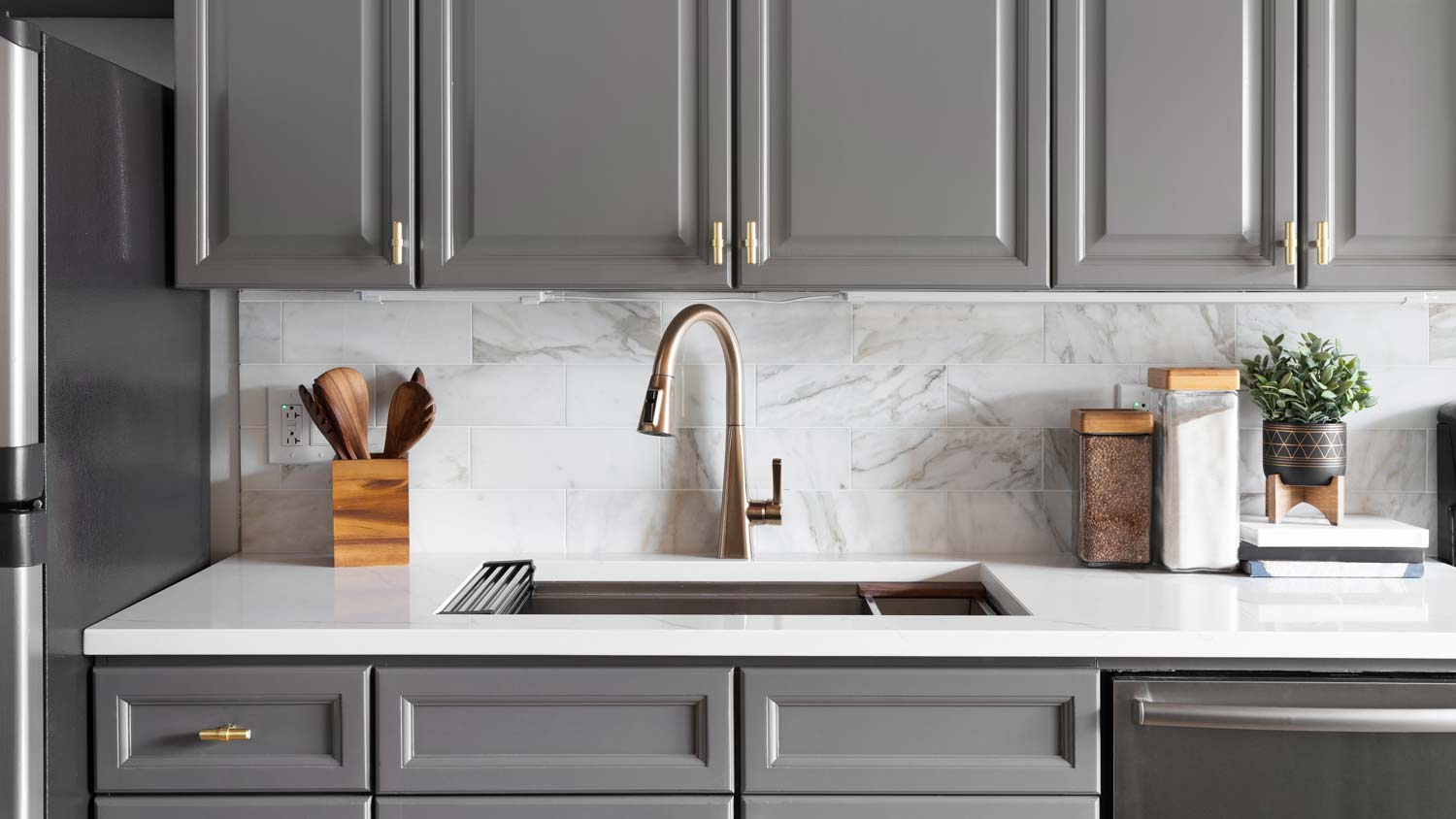
Wondering who repairs undermount sinks? See when to call a countertop specialist or plumber, what to expect, and typical repair costs
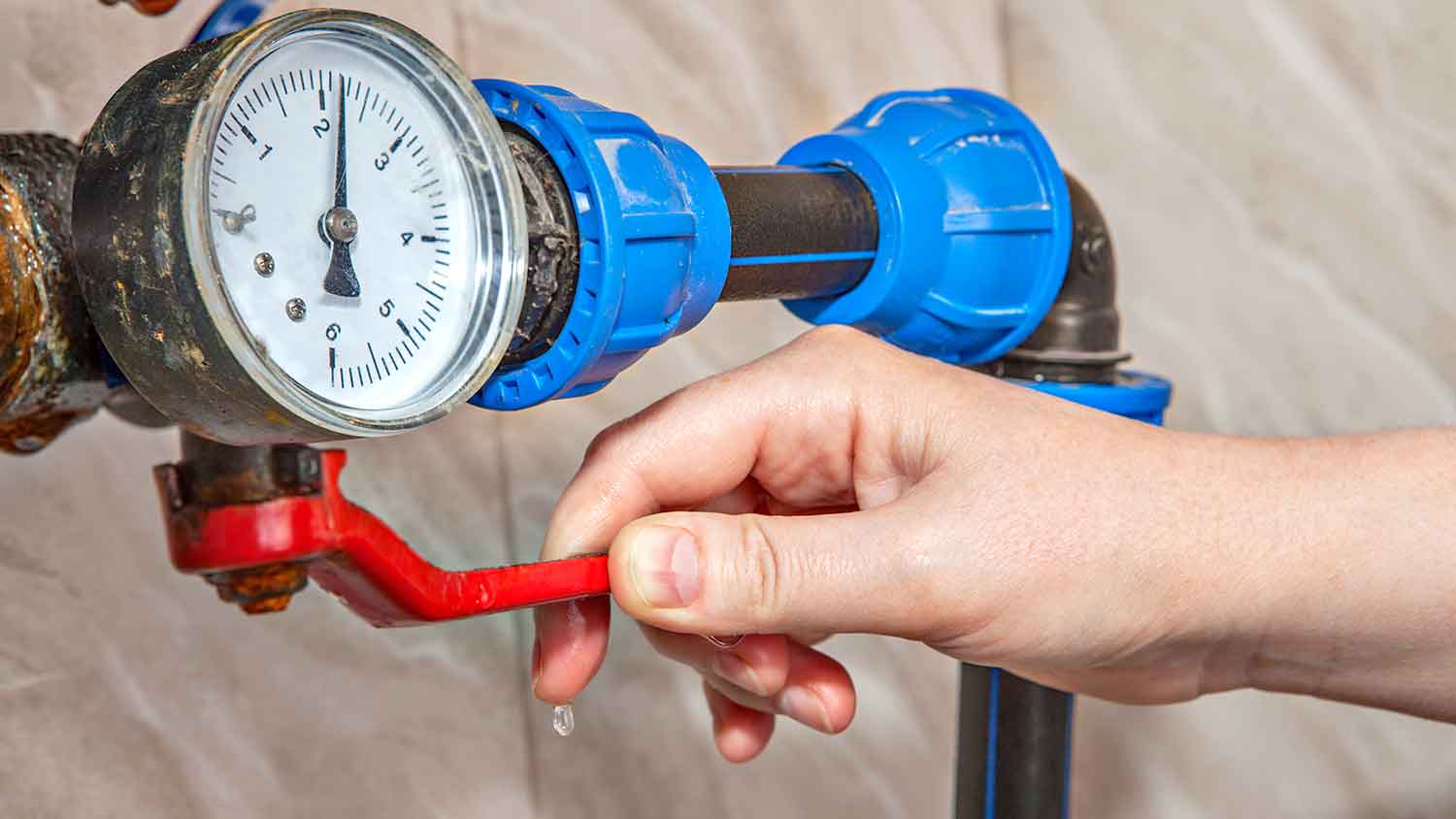
Learn who to call for a water main break. See why a licensed plumber is best and what repairs cost so you can act fast
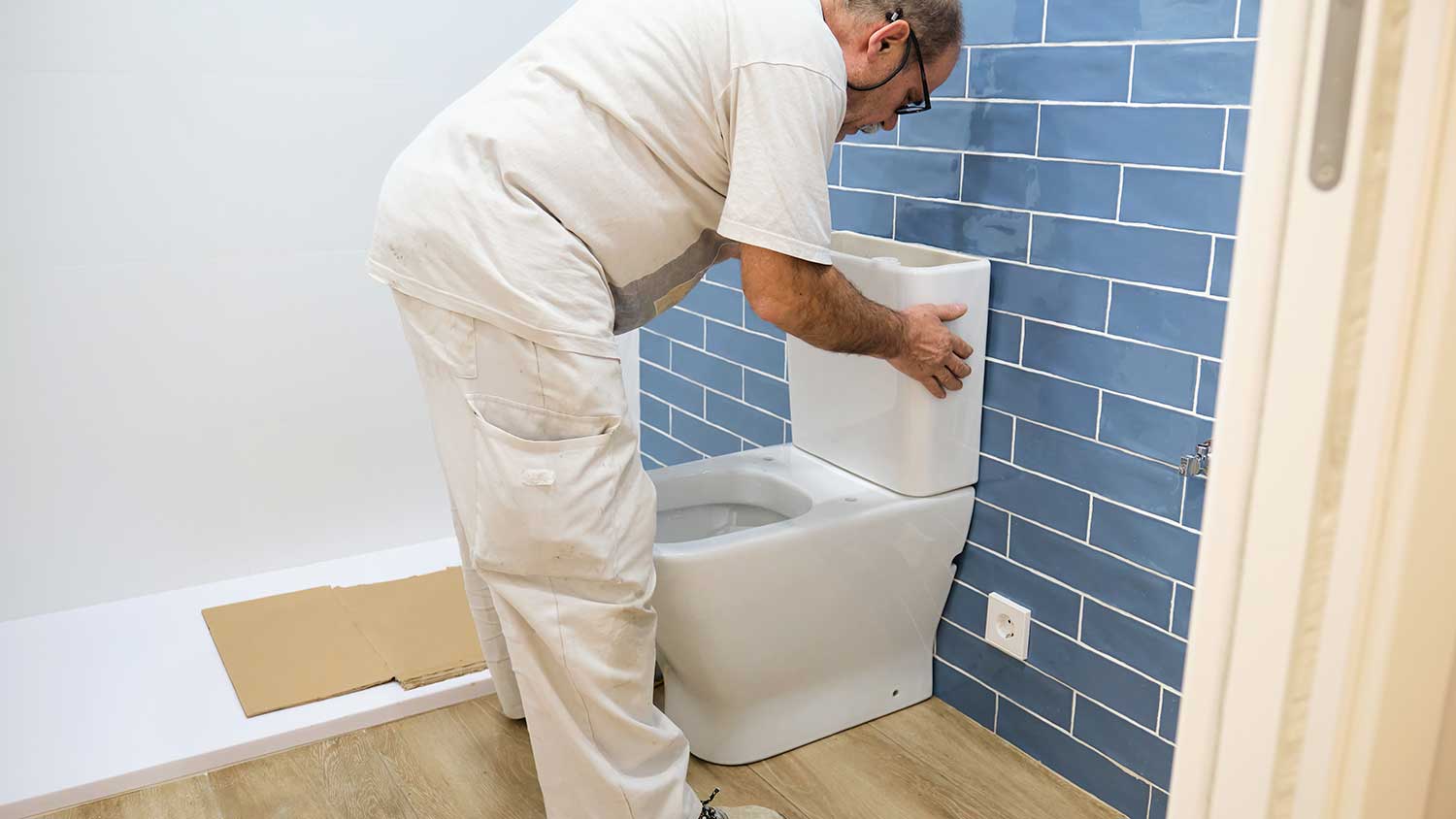
Find who to call to replace a toilet—plumber vs. handyperson—plus steps, timing, and costs. Learn how pros prevent leaks and protect your bathroom
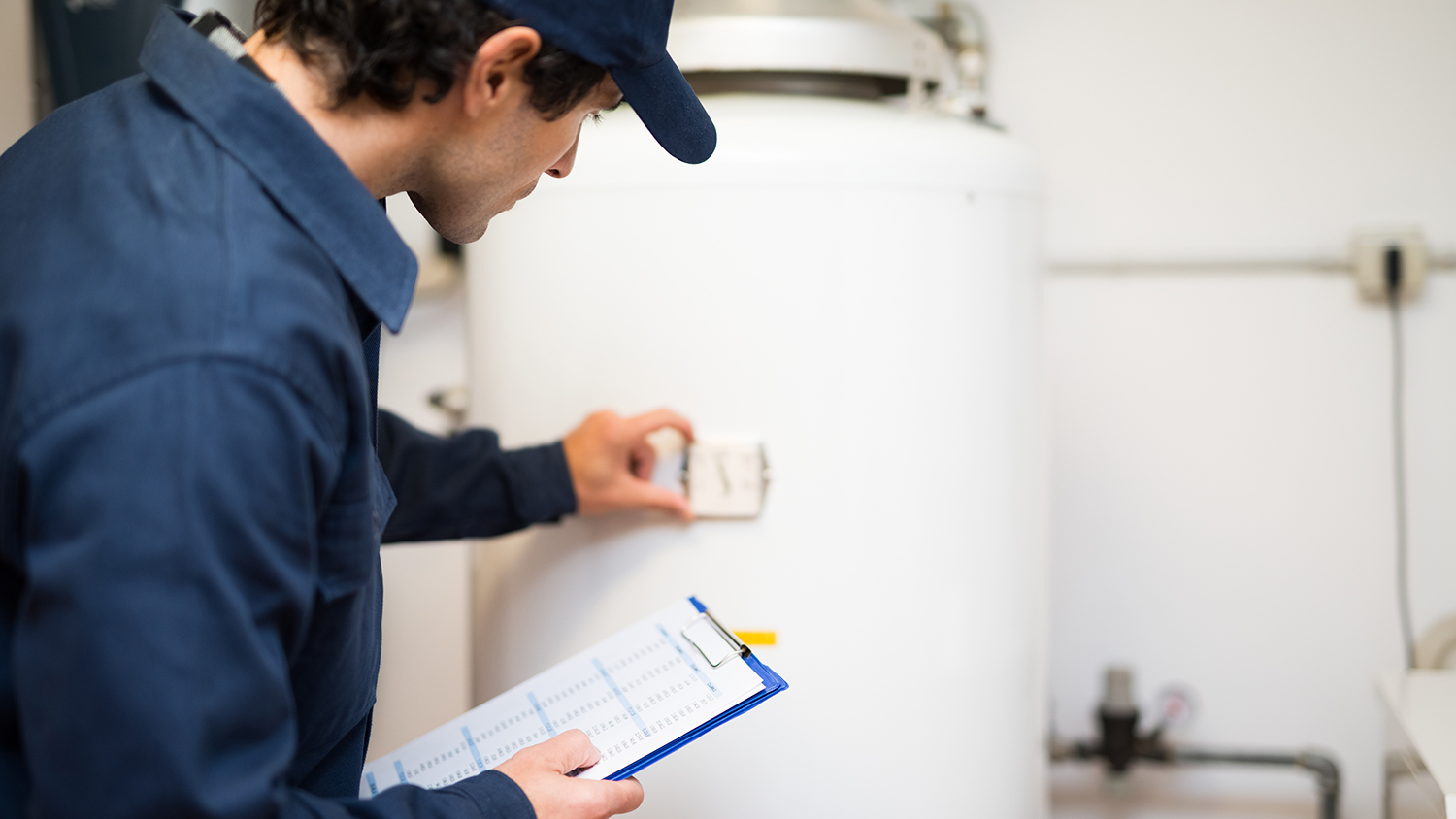
Who fixes water heaters? Learn who to call—plumbers or electricians—and what to expect so you can hire the right pro today.
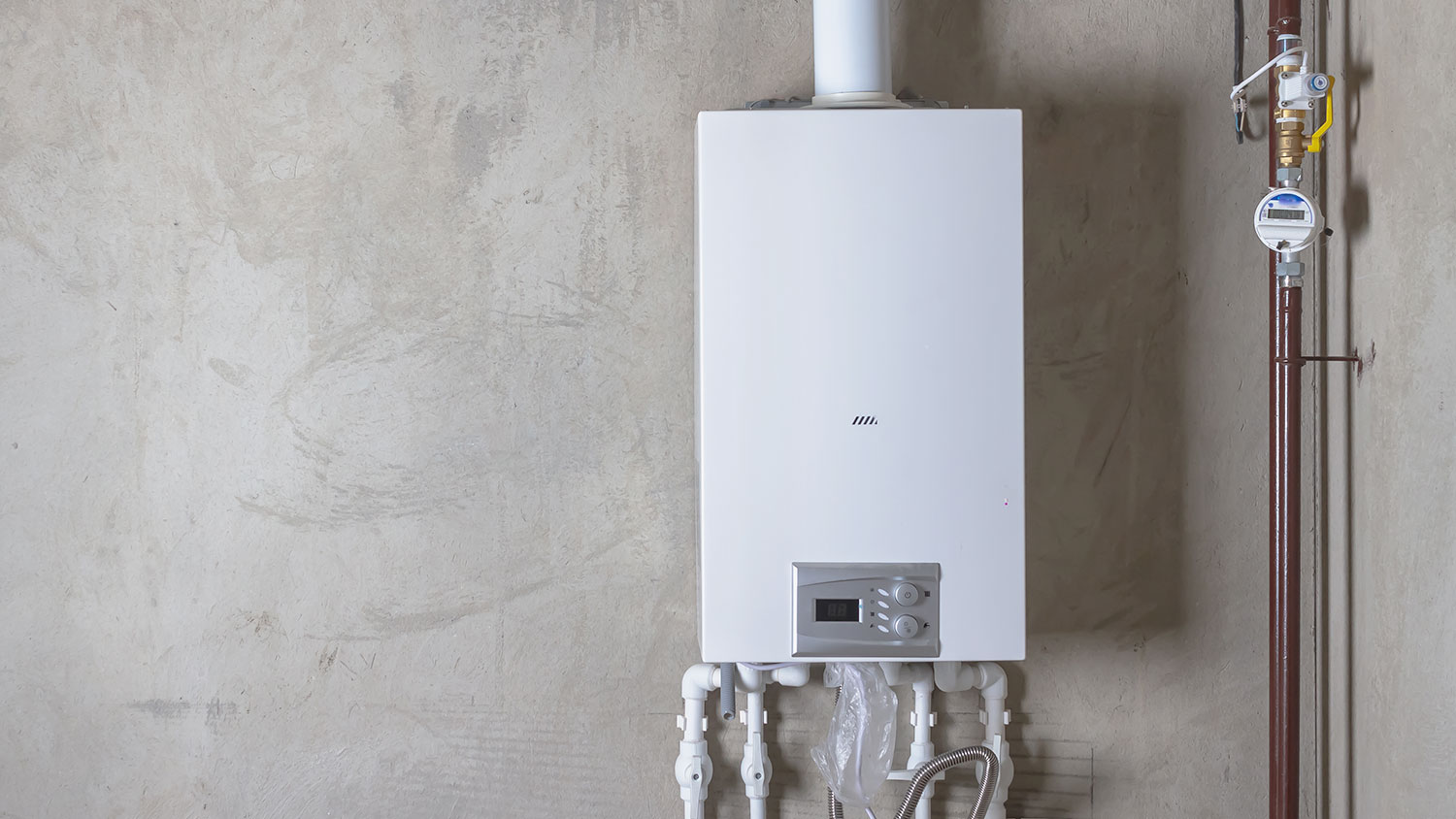
Wondering who fixes tankless water heaters? See who to call for tankless water heater repair and when an electrician is appropriate.